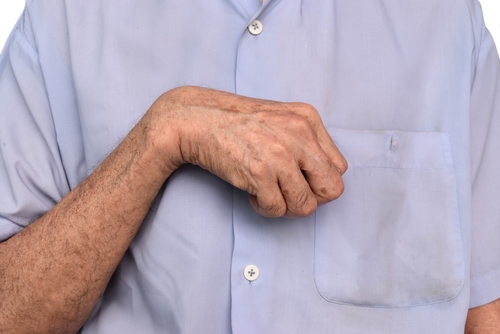By
Ogungbayi, O. Ezekiel
Stroke is the layman’s common term in place of the medical term Cerebrovascular Accident or CVA.

Stroke comes in different shades.
Stroke is most often but not exclusively a complication of chronic uncontrolled sustained high blood pressure or hypertension.
You have a situation in which sustained unchecked hypertension eventually leads to a compromised supply of oxygen-rich blood to vital areas of the brain either because of death of that area as a result of blockage of the very fine vessels or rupture of the vessels and eventual bleeding inside the tissues of the brain.
It is this disruption caused by bleeding, blockage, and subsequent death of brain tissues that gives rise to the terms hemorrhagic, occlusive, and ischaemic CVA.
For brevity’s sake, and to save us from too much confusing academic jargon, let’s just focus on the broad term stroke or CVA.

The brain is a very compact and sensitive control center responsible for normal functioning (motor or sensory) as well as hormonal of every human being.
Manifestation of stroke may take the form of mild and transient loss of essential motor and sensory functions, especially in the head and face region, which are oftentimes not taken seriously but constitute serious warning signs of imminent stroke. This is called TIA or transient ischemic attack. This may be the last opportunity to salvage an imminent cerebrovascular event by detecting HBP (high blood pressure) or other associated or similar co-morbidities.
Classical CVA is either partial or complete. Stroke is characterized by reduced or total loss of function on one side of the face and the contralateral side of the body.
Some of the features may include difficulty or total loss of the ability to speak and swallow food or saliva. There can be weakness and loss of sensation to certain degrees, of the limbs on one side of the body, making it difficult for the patient to walk or use the affected limbs. Massive stroke may result in loss of consciousness. Classical complete stroke is always a life changer at best, and life claimer at worst.
The cardiologist will throw deeper life into this.

Social dimension:
If your spouse is hypertensive, and he or she is the type that plays with serious things, it is your duty as a spouse to raise the alarm and push him or her to get help with control of his BP because when it happens the backlash is not just on the patient but on the person close to him.
Living with a partner whose blood pressure you don’t care to know is a tragic disservice.
Not seeking help even after knowing that your spouse is hypertensive is not caring enough.
If you know your spouse is hypertensive, then your attitude towards him needs adjustment. If you are the nagging, demanding, pressure-mounting, and troublesome type, you may hasten the advent of CVA in your spouse.
Ensure your spouse gets adequate rest and sleep. Ensure his diet is appropriate and healthy. Remind him or her of his or her appointment with the doctor, check his or her BP, and ensure his or her medical checkups are effected.
These are the supports you can give your partner to shield him from accelerated and unnecessary hypertensive complications.
If you fail in these ways and your known hypertensive spouse eventually develops a stroke, you are part of it.
OGUNGBAYI IS A MEDICAL PRACTITIONER AT CORNERSTONE FOUNDATION FAMILY HOSPITAL, LAGOS


